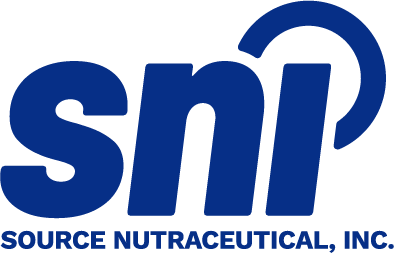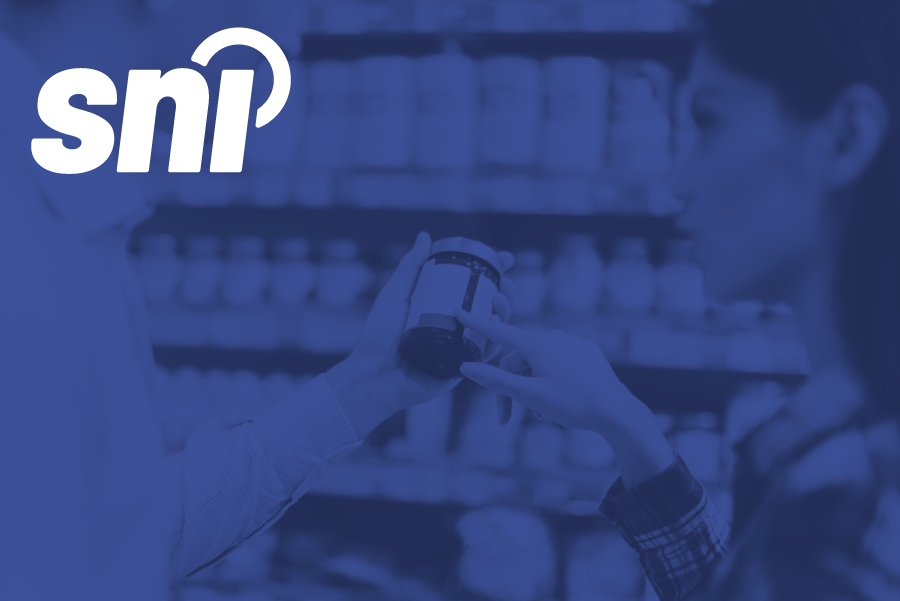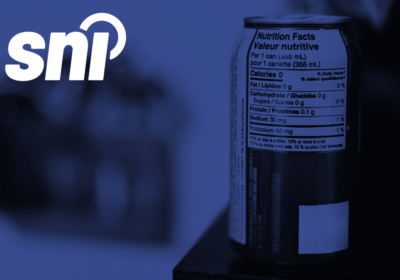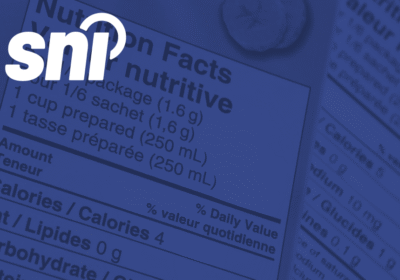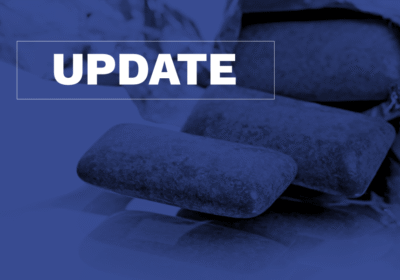For food brands entering the Canadian market, success hinges on more than taste and presentation, it depends on regulatory compliance, especially when it comes to product labels. Whether you’re a startup launching your first SKU or a multinational expanding your line, your product label is one of the most scrutinized parts of your brand. In Canada, labelling requirements are not just guidelines, they’re legal obligations enforced by federal law.
Many of the most common challenges we see stem from misunderstanding these requirements: mislabelled ingredients, incorrect formatting, missing French translations, or unapproved claims. Each of these oversights can trigger compliance reviews, force relabelling, or even lead to product recalls. That’s why it’s crucial to understand the labelling framework before your product ever reaches a shelf.
In this guide, we break down what every food business needs to know about Canadian food labelling in 2025, from the core regulations to the newest updates shaping packaging today.
Canada’s Dual Regulatory Framework for Food Labelling
In Canada, two primary pieces of legislation govern food labels: the Food and Drugs Act and the Safe Food for Canadians Act (SFCA).
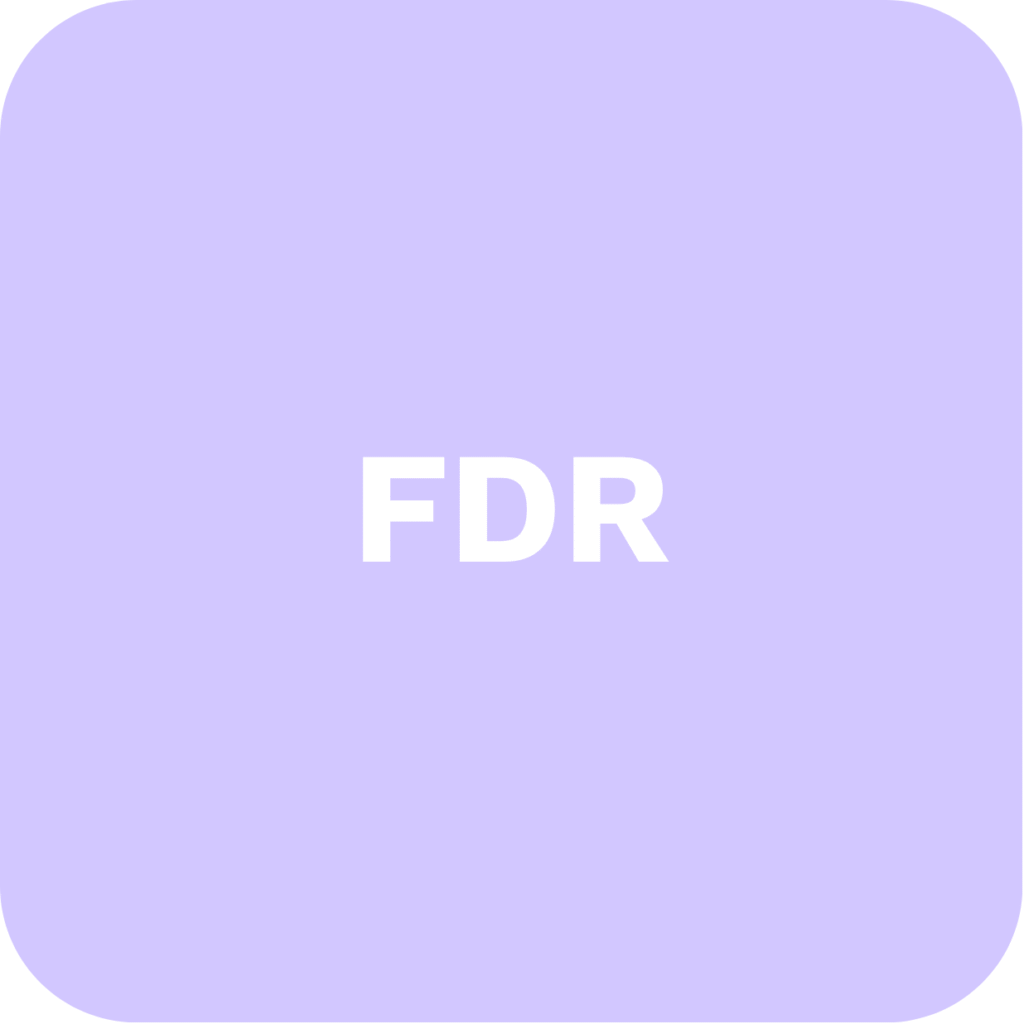
The Food and Drugs Act (FDA) focuses on product composition, labelling standards, nutrition information, and claims. It’s under this act that you’ll find the requirements for ingredient declarations, allergen labelling, nutrition facts tables, and permitted health claims. The corresponding Food and Drug Regulations (FDR) contain detailed rules for how each of these elements must appear on your label.
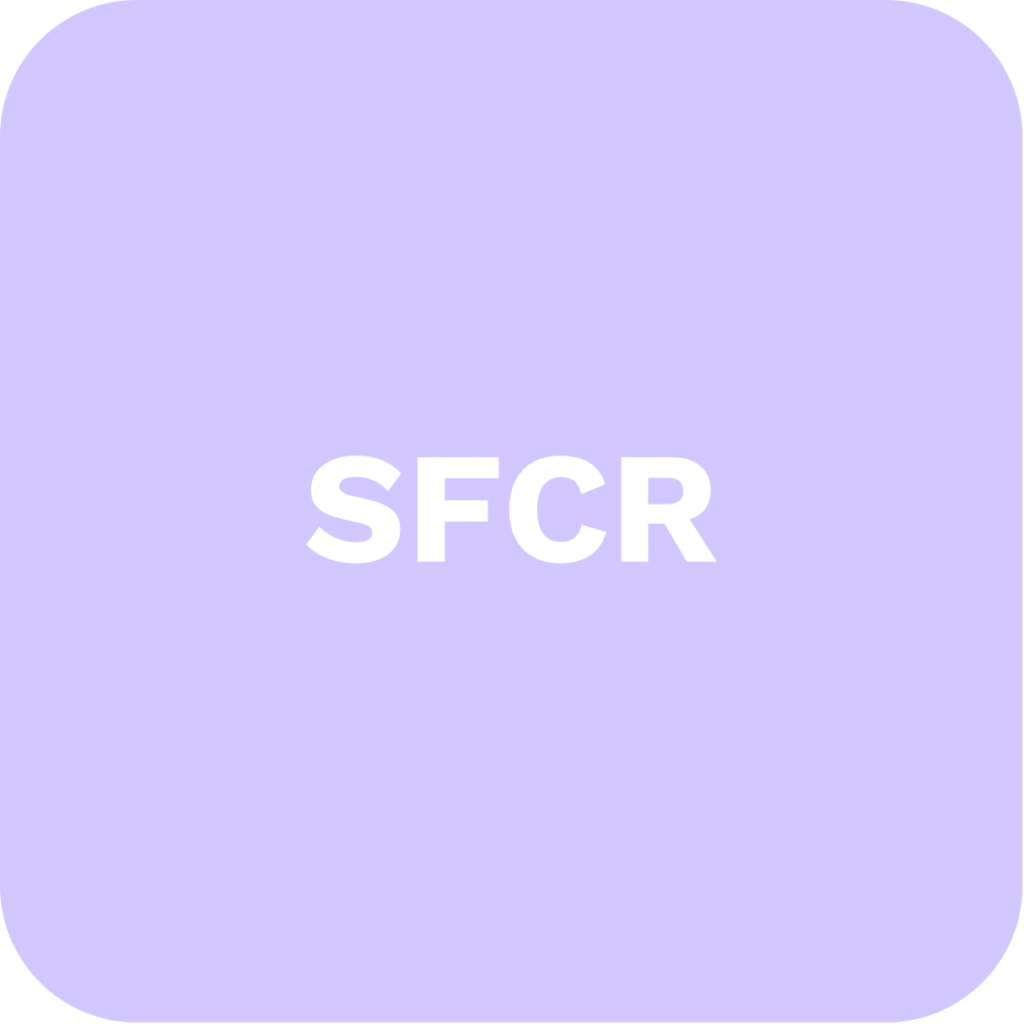
The Safe Food for Canadians Act, on the other hand, centers on food safety, licensing, traceability, and packaging integrity. It replaced 13 previous regulations when it came into force and is designed to modernize Canada’s approach to regulating food. Its regulations, referred to as the Safe Food for Canadians Regulations (SFCR), apply to all food commodities, including processed, fresh, imported, and exported foods.
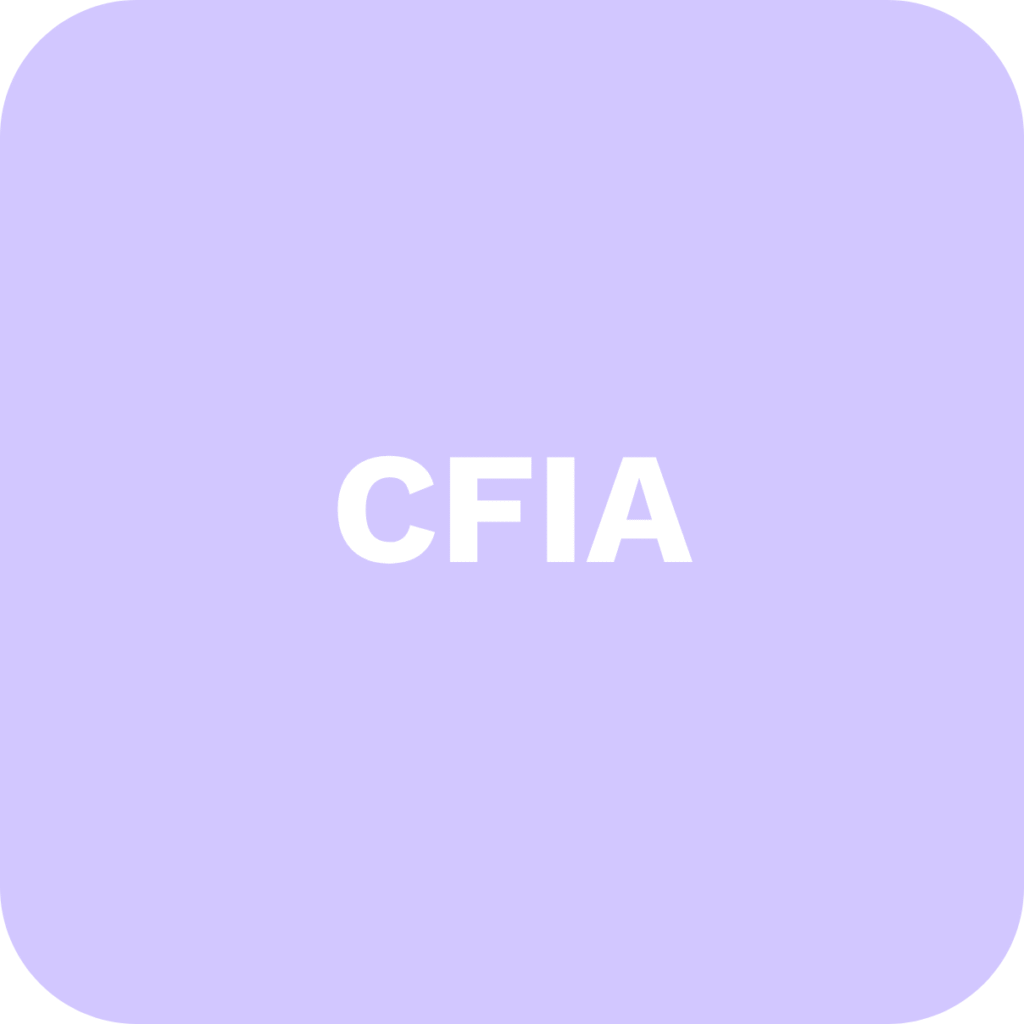
The Canadian Food Inspection Agency (CFIA) enforces these laws, while Health Canada develops the policies and regulations that define them. Together, they ensure that food sold in Canada is safe, accurately labelled, and properly represented to consumers.
What Must Be on a Food Label in Canada?
When designing a food label for the Canadian market, you’re not just creating a piece of marketing collateral, you’re creating a legal document. Certain elements must appear on every label, and they must follow very specific formatting, placement, and language requirements.
Here’s what a compliant food label in Canada must include:
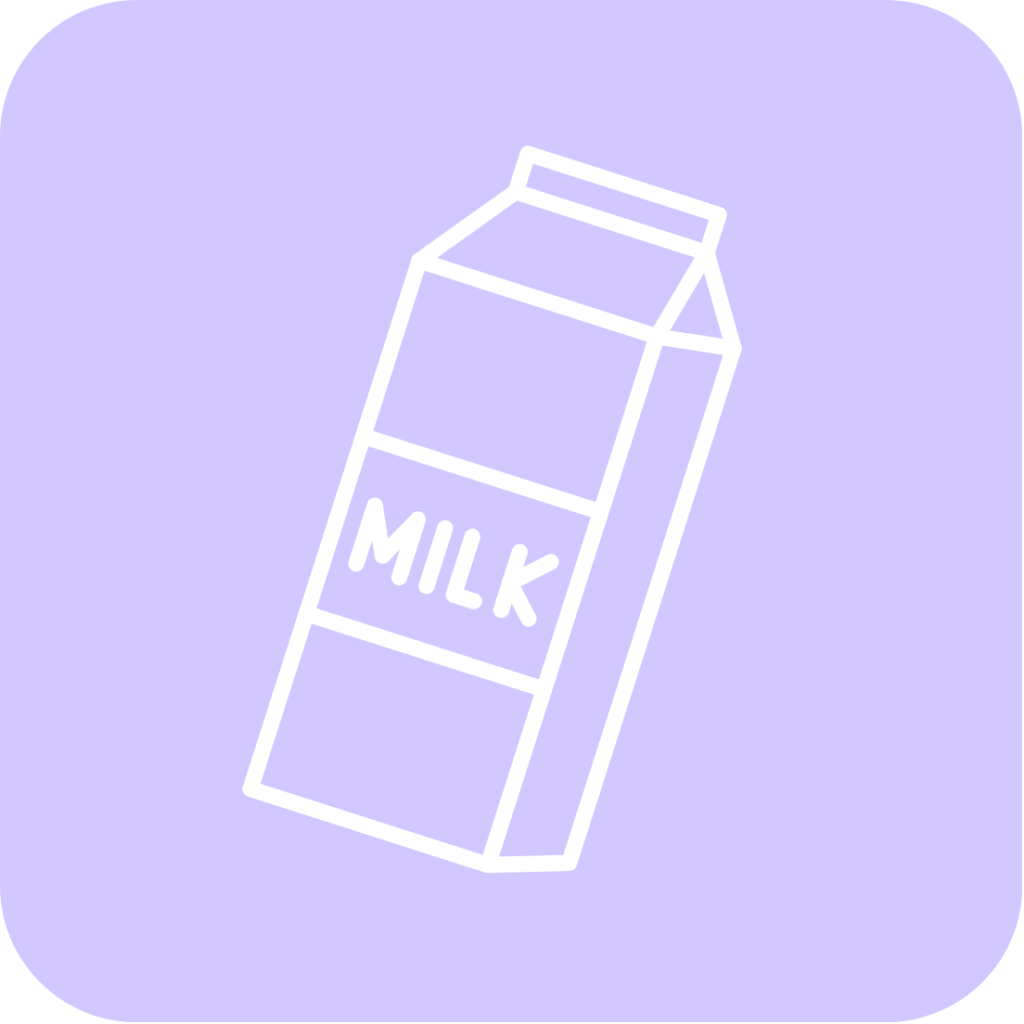
The Common Name
This is the legal or accepted name of the product. It may be a regulated term, such as “jam,” “milk,” or “juice”, which can only be used if the product meets specific compositional standards. If no regulated name exists, the common name should be descriptive and easily understood by the average consumer. It must be displayed on the principal display panel (PDP) and must meet minimum font height requirements based on the size of the package.
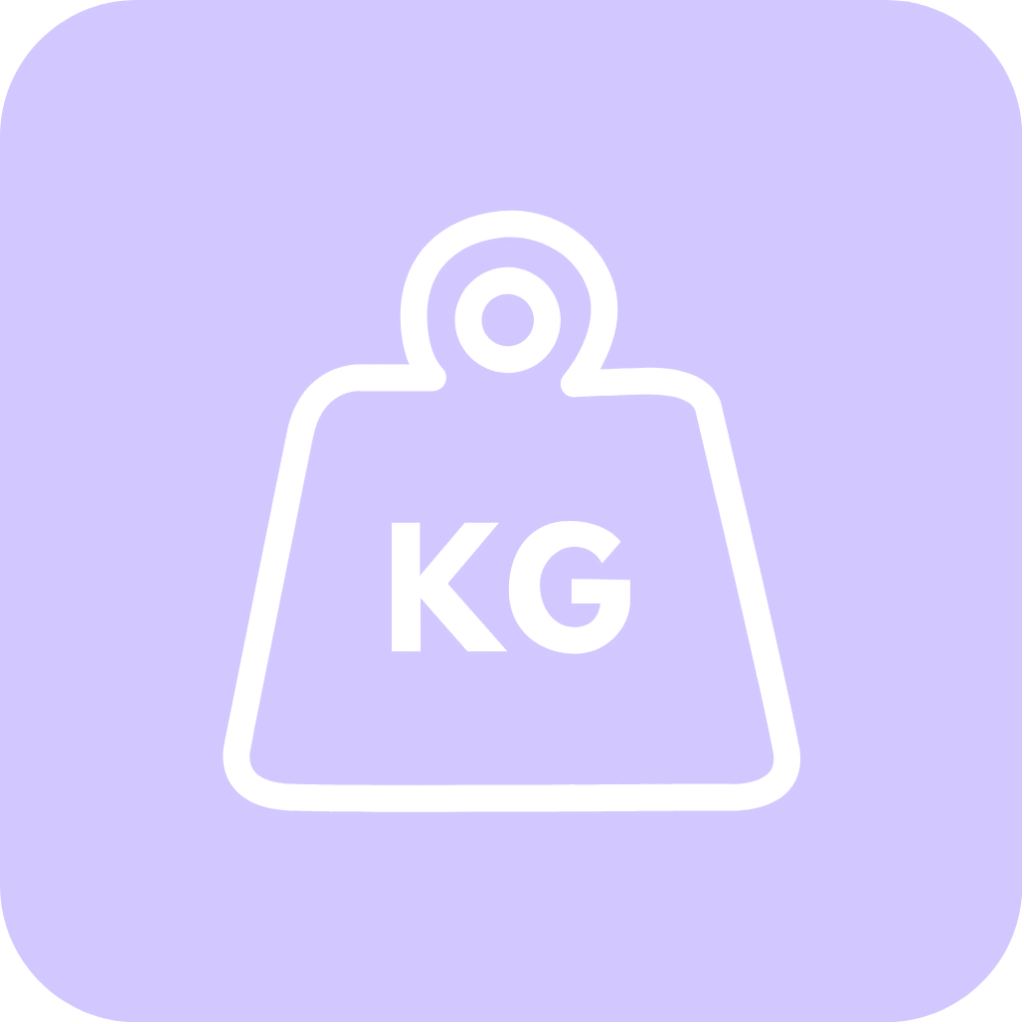
Net Quantity
This indicates how much product is in the package. It must be declared in metric units (grams, millilitres, etc.), and placed on the principal display panel with font sizes that meet minimum height standards. Imperial units are optional and may be added alongside metric if desired.

Dealer Name and Address
The full name and physical address of the party responsible for the product (usually the manufacturer, packager, or distributor) must be included. This cannot be a P.O. Box and must allow someone to locate the business if needed. Though formatting is flexible, best practices suggest including the city, province or state, country, and postal or ZIP code. The address must also be in both English and French and must not appear on the bottom of the package.
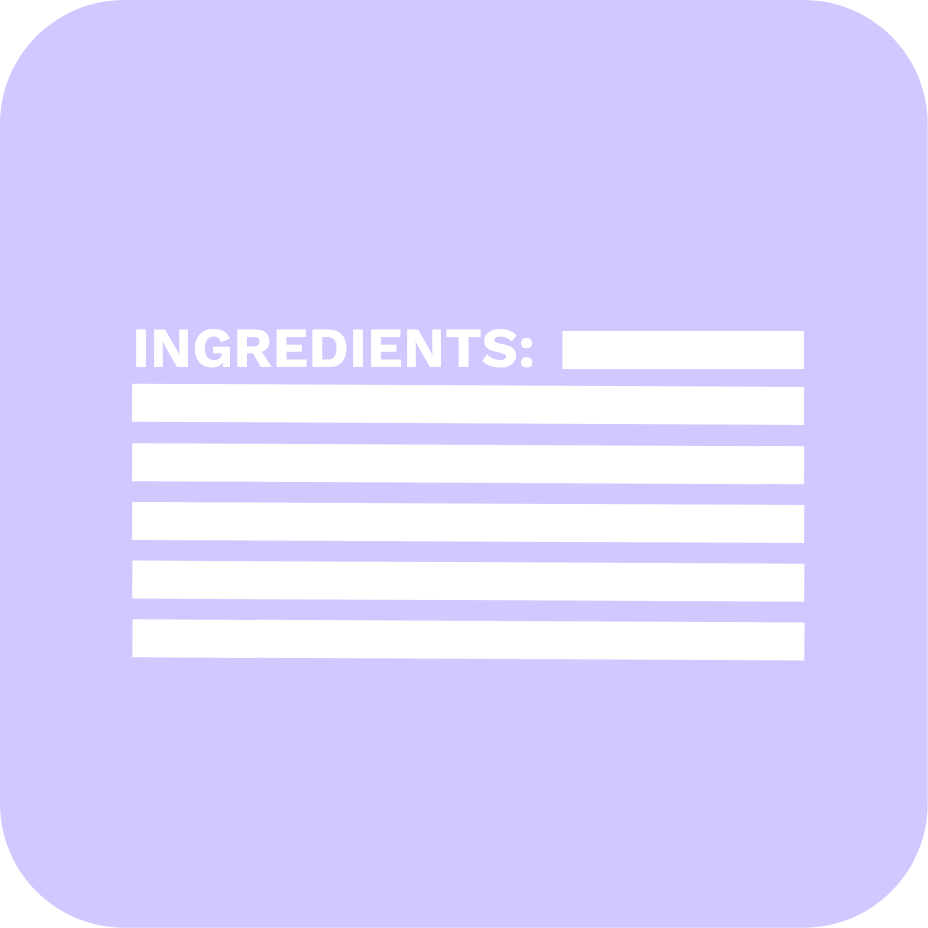
Ingredients List
All ingredients must be listed in descending order by weight as they appear before processing. Sub-ingredients (i.e., components of complex ingredients like sauces or doughs) must also be declared. Labels must now follow a regulated format: black text on a white or neutral background, consistent font style and size, and standardized spacing. As of the 2016 updates, sugar, based ingredients must be grouped under the term “Sugars,” to help consumers better understand total sugar content.

Allergen Declarations
Canada has identified 11 priority allergens and sensitivities, including peanuts, milk, soy, wheat, sesame, eggs, mustard, tree nuts, fish, crustaceans and shellfish, and added sulphites. These must be declared either in the ingredient list or in a separate “Contains” statement following the list. Many manufacturers choose to include both. Precautionary statements like “May contain” are voluntary but must not replace good manufacturing practices.
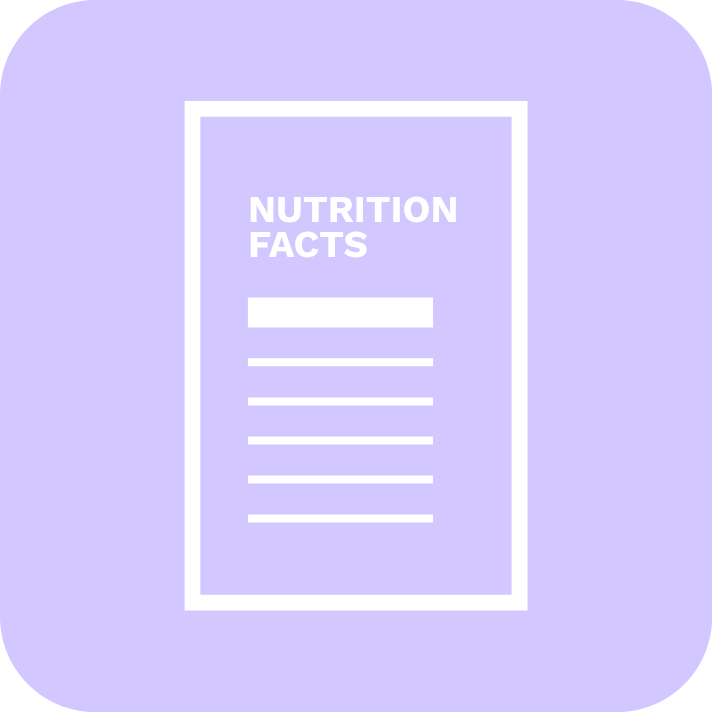
Nutrition Facts Table (NFT)
The NFT is one of the most standardized elements of the label. It must follow a strict template from Health Canada’s Compendium of Templates and must reflect accurate serving sizes based on regulated reference amounts. Recent updates (in effect as of 2021 and fully enforced in 2023) made changes to how calories, serving sizes, and % Daily Values are displayed. Vitamin D, potassium, and calcium are now mandatory micronutrients, and sugars must be displayed with a %DV.
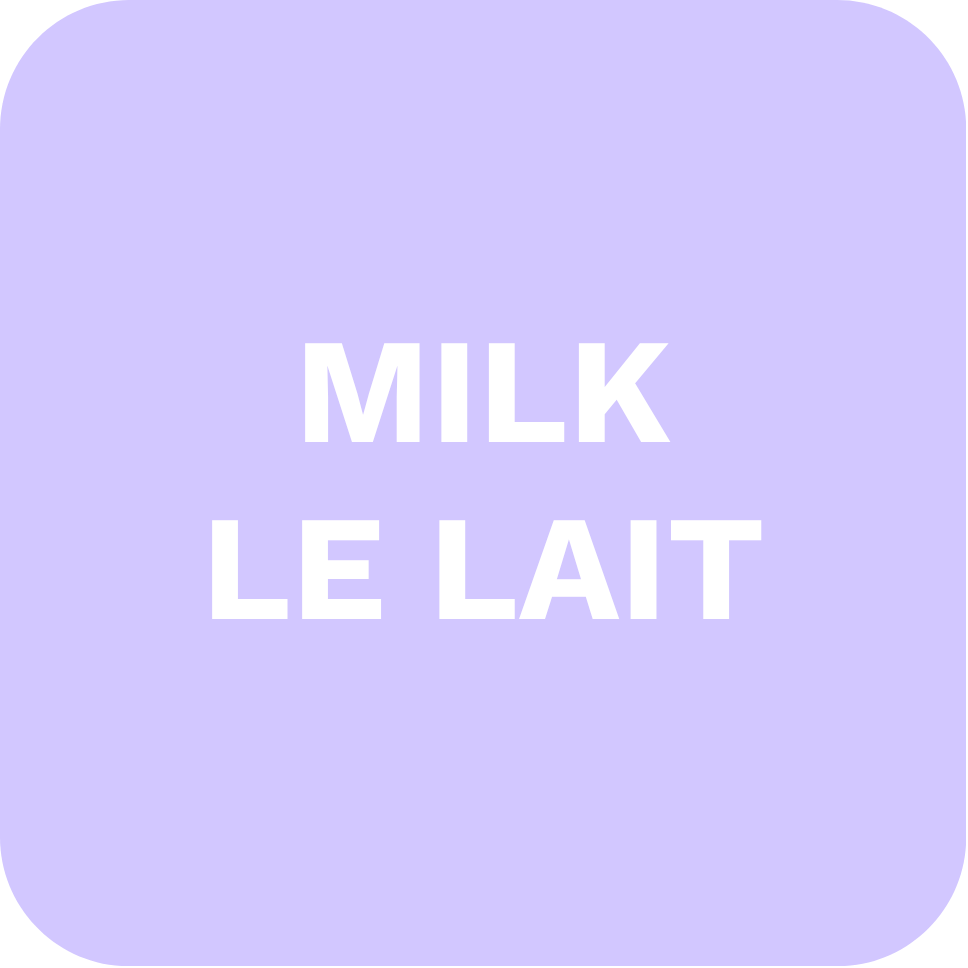
Bilingual Labelling
In Canada, all mandatory labelling information must appear in both English and French. In Quebec, additional language requirements under the Charter of the French Language may apply. French must be at least as prominent and visible as the English. This includes not only product descriptions, but also allergen statements, usage instructions, and any claims.
What’s New in 2025?
The labelling landscape continues to evolve in Canada, and 2025 brings two particularly important changes:

Front-of-Pack Nutrition Symbol (FOP) / Labelling
As part of Health Canada’s Healthy Eating Strategy, new FOP labelling regulations are now in effect. Foods that exceed set thresholds for saturated fat, sugars, or sodium must feature a standardized “High In” symbol on the front of the package. This symbol aims to help consumers make quick, informed decisions at the shelf. The deadline for compliance is January 1, 2026, but companies are encouraged to adopt the changes now to avoid last-minute revisions.
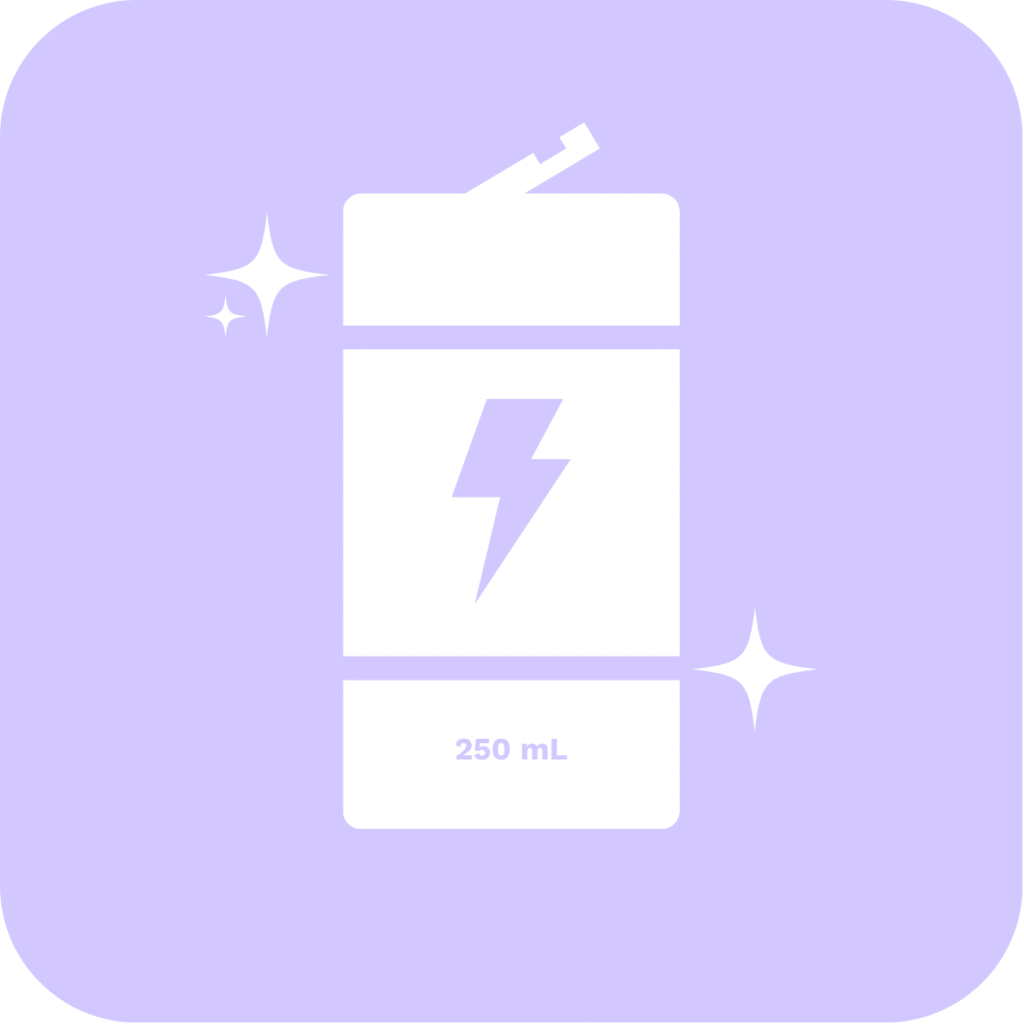
Supplemented Foods Labelling
Foods with added functional ingredients like caffeine, taurine, vitamins, and minerals are now regulated under the new Supplemented Foods Regulations. These products must include a Supplemented Food Facts Table, cautionary statements (if applicable), and a unique identifier on the front panel to alert consumers. These updates apply to nine defined food categories and will be enforced fully by the end of 2025.
What About Claims on Foods?
In an increasingly competitive grocery market, what you say on your label can make or break the sale. In Canada, however, voluntary claims like “high in protein,” “natural,” or “organic” are more than just marketing, they’re closely monitored regulatory statements. Whether you’re launching a functional snack or reformulating a legacy product, understanding the rules behind each type of claim is critical to avoiding costly missteps.
While optional, voluntary claims must be factual, not misleading, and compliant with Canada’s detailed regulatory framework. Here’s what that means for each major claim type in 2025.
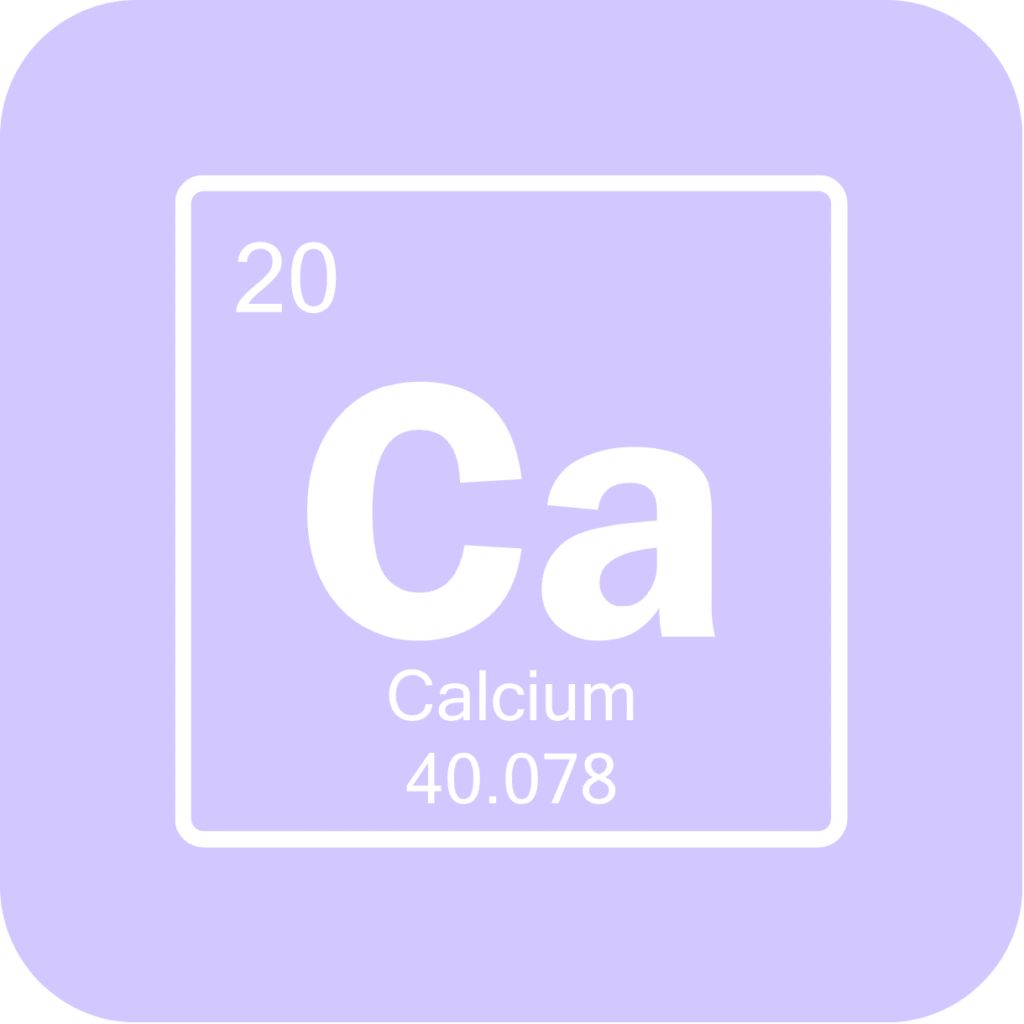
Nutrient Content Claims: Precision Required
Nutrient content claims (think “good source of calcium” or “low in saturated fat”) are often the first hook consumers see. But Health Canada restricts these claims to a finite list of approved phrases and thresholds. To say something is “high in fibre,” for instance, your product must meet the exact per-serving minimum set out in the Food and Drug Regulations (FDR). The CFIA regularly tests products to ensure that declared nutrient levels fall within acceptable tolerances (typically within ±20%). Anything beyond that range could be flagged as inaccurate, and subject to enforcement.
It’s not just about having the nutrients; it’s about proving it. If you’re using lab-tested values from U.S. panels or pre-reformulation samples, you may already be out of bounds.

Health Claims: The Highest Bar
Health claims are powerful, but heavily restricted. These claims imply a relationship between food and health outcomes, like “helps lower cholesterol” or “supports immune function.” There are only a handful of pre-approved claims allowed in Canada, and any deviation from prescribed wording must be scientifically validated and submitted for review.
For example, a claim like “Omega-3 supports heart health” would only be allowed if the specific Omega-3 source and quantity match the pre-cleared list and if the full statement adheres to the accepted structure. Vague or unsubstantiated health language, even if technically true, could still be considered misleading under Canadian law.

Composition and Quality Claims: Less Regulated, Still Risky
Statements like “vegan,” “no artificial preservatives,” or “made with real fruit” may not fall under strict regulatory definitions, but they still require substantiation. For example, to say “no artificial colours,” your product must contain zero ingredients that would be classified as synthetic colours under Canadian food additive regulations.
CFIA has clarified that comparative or “absence” claims must not create a false impression. If all products in your category are additive-free, for example, your label must make that context clear (e.g., “like other leading brands”).
“Vegan” and “plant-based” claims, while common, are also under increased scrutiny as consumers expect consistency. Brands are encouraged to document ingredient sourcing, cross-contamination risks, and manufacturing practices in case regulators request proof.

Method of Production Claims: Certification is Key
Production method claims, such as “organic,” “non-GMO,” “free-range,” or “halal”, are regulated to varying degrees. The word “organic” is legally protected in Canada and can only be used by products certified under the Canada Organic Regime by an accredited certification body. As of 2025, enforcement has been tightening, especially at the border for imported goods using the term without appropriate certification.
“Natural” is not formally defined in regulations, but CFIA does maintain guidance that outlines what is expected: no synthetic additives, minimal processing, and no significant alteration of the original food.
Non-GMO, kosher, and halal claims are not tightly regulated by government, but CFIA does expect substantiation through third-party certification or clear documentation. And in today’s environment, consumers do their homework, if you can’t back up your claim, your credibility is at risk.
Why Getting It Right the First Time Matters
Non-compliance with Canadian food labelling laws can result in costly enforcement actions. These may include warning letters, product recalls, import holds, or destruction of inventory. In worst case scenarios, brands may face public health advisories or even legal prosecution.
Even minor issues, like an incorrect French translation or missing allergen declaration, can cause major disruptions and damage consumer trust.
That’s why it’s so important to partner with experts who understand both the letter and the spirit of Canadian labelling laws.
Final Remarks
Launching a food product in Canada isn’t just about great taste, it’s about building trust through transparent, accurate, and compliant labelling. By understanding the regulatory framework, staying current on updates, and investing in quality assurance, your brand can stand out for all the right reasons.
At SNI, our team helps food companies of all sizes navigate the complex world of Canadian labelling regulations. From bilingual label reviews to compliance assessments and formula consultations, we provide full spectrum support to help you enter the market with confidence.
Whether you’re expanding into Canada for the first time or updating your packaging to meet the latest changes, we’re here to make the process smooth and strategic.
Learn More in Our Webinar
Most brands don’t realize how much a label says before a customer ever reads a word. If your packaging fails to meet Canadian food labelling standards, whether it’s missing a bilingual element, using the wrong format, or making an unsubstantiated claim, it can quietly block your product from shelves and erode buyer trust before you even launch. What starts as a small oversight can turn into costly delays, unplanned redesigns, or worse, a recall that puts your reputation on the line.
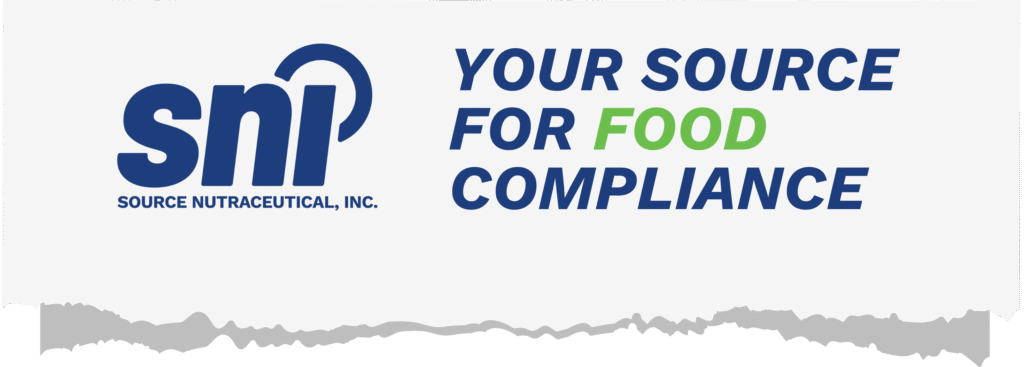
At SNI, we help you get it right the first time. Behind every label we review is a strategy designed to remove friction and build trust, through clarity, compliance, and simplicity. We align regulatory precision with consumer expectations, making sure your product is not only approved but easy to understand, credible, and market ready. The result? Labels that pass inspection, win shelf space, and help your brand move forward with confidence.
Fill out the following form if you require assistance with your products and one of our team members will reach out shorty:
Frequently Asked Questions
When is the front, of, pack nutrition symbol mandatory?
The new FOP symbols must appear on applicable food products by January 1, 2026, with most companies required to update their packaging by December 31, 2025.
Which foods are exempt from front, of, pack symbols?
Products like whole fruits and vegetables, plain milk, eggs, raw single, ingredient meats, and smaller packages are typically exempt.
Do I need to group sugar ingredients on the label?
Yes. As of the 2016 regulations (fully enforced by 2023), sugar, based ingredients must be grouped under “Sugars” to help consumers understand the total sugar content.
Can I use “vegan” or “natural” on my label?
These claims are not defined in regulation but are monitored by CFIA. You must ensure they’re truthful, verifiable, and not misleading.
Do online food listings need to show labels?
Yes. For products sold online, the full label, including all mandatory elements, must be viewable before purchase.
The content on this website, including information presented in this post, is provided for general informational purposes only and does not constitute legal, regulatory, or professional advice. While efforts are made to ensure accuracy, laws and regulations vary by jurisdiction and may change over time. Readers should not rely on this information as a substitute for advice from qualified legal or regulatory professionals. We disclaim any liability for actions taken based on this content, and users are encouraged to seek guidance specific to their circumstances.
